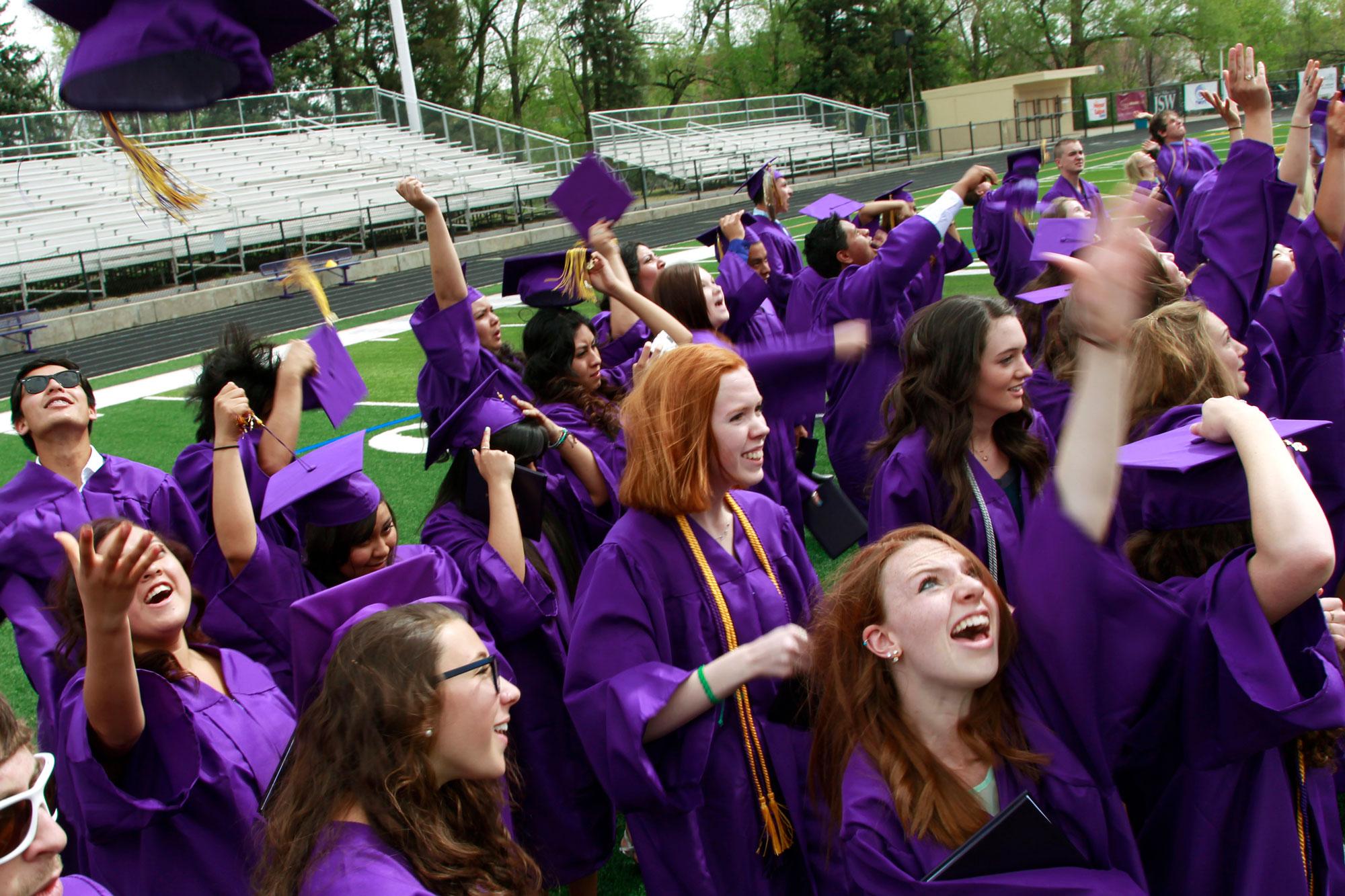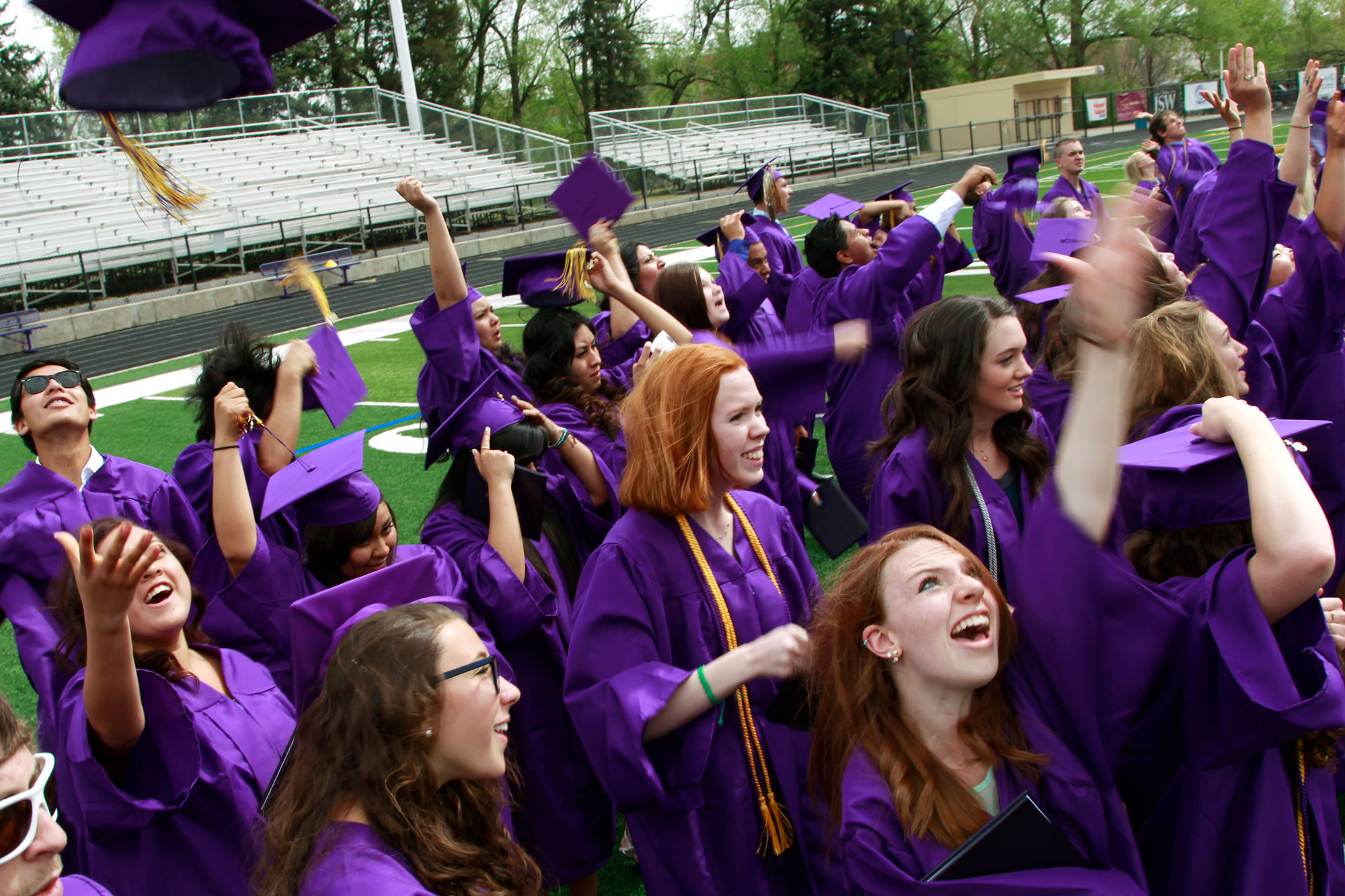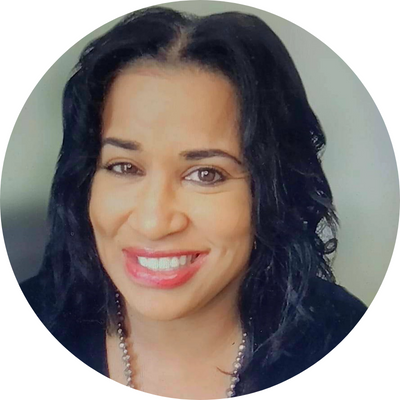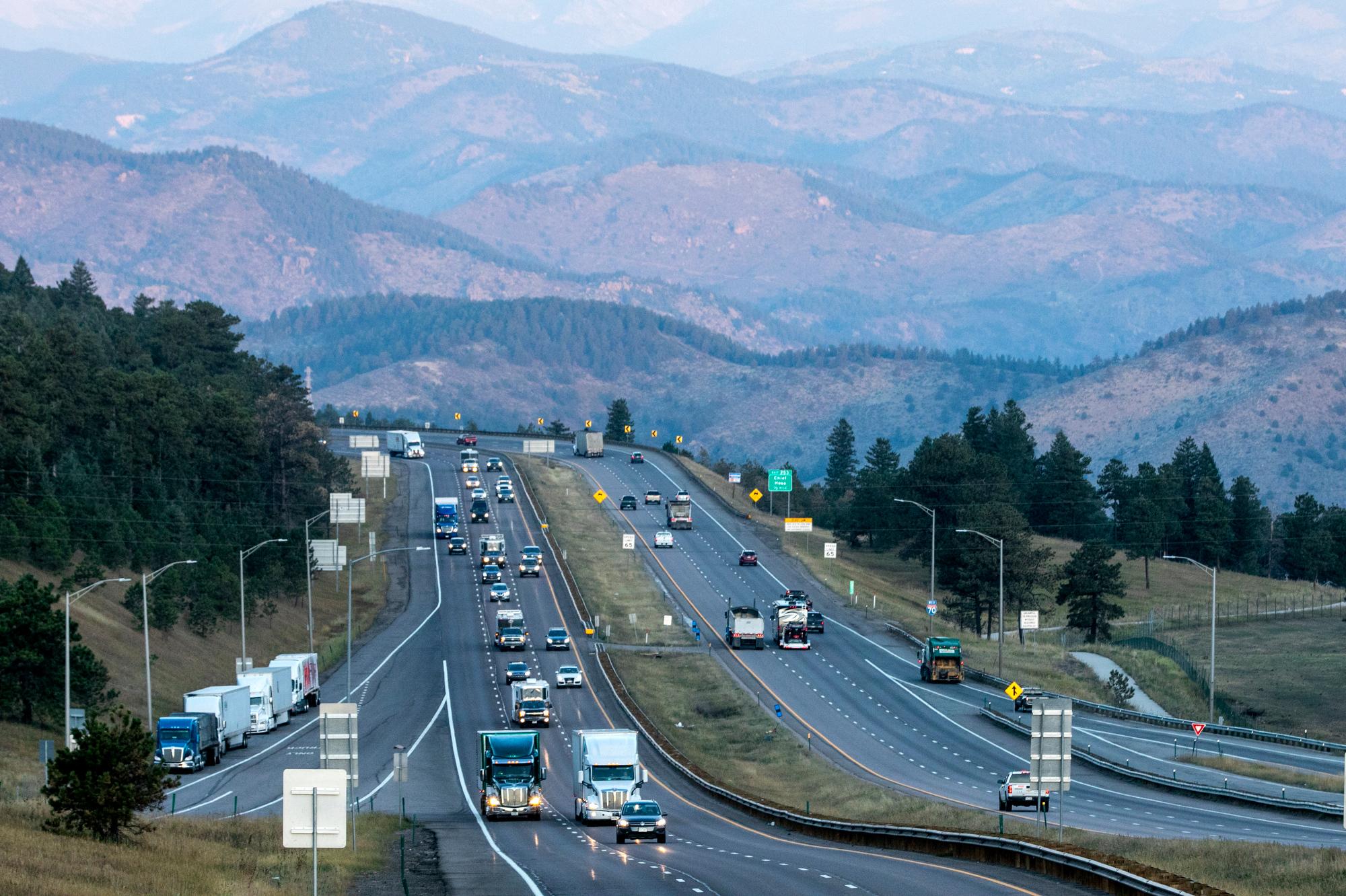

Colorado’s four-year graduation rate increased to 80.7 percent for the class of 2018 — up 1.7 points from the previous year.
And statewide, the dropout rate is the lowest ever.
“The continued improvement of our graduation rate is a testament to all the hard work being done in schools across the state by students, parents and teachers,” Colorado Education Commissioner Katy Anthes said.
This year's rates include students who have qualified for graduation but are remaining in school to participate in a program that allows students to take college courses during a fifth year of high school.
More minority students are also graduating within four years. The four-year graduation rate for minority students is 75.3 percent. The rate for white students is 85.3 percent.
Denver Public Schools reached an all-time high with a four-year graduation rate of 70.2 percent.
At a Wednesday press conference, the district highlighted several high schools – DSST Green Valley Ranch, North High, South High, East High, and KIPP Denver Collegiate High. All had a graduation rate for African American and Latino students of more than 85 percent.
“What's also encouraging is the persistence of our students, whether they graduate in four years or five years or six years, they are staying in school to get their degree, to ensure success for their future,” DPS board president Anne Rowe said.
District officials cited several reasons for the steady upward climb.
For one, more students are taking college classes while in high school.
There are also more ways to meet graduation requirements. DPS director of counseling services Samantha Haviland said a big factor is starting Individual Career and Academic Plans (ICAPs) for students. An ICAP allows kids to set their own goals as early at 6th grade.
“What we're seeing is students who are mapping out their futures through the ICAP have a better chance of graduating on time, better GPAs and test scores, and an increased likelihood for college enrollment and degree attainment,” she said.
District Superintendent Susana Cordova points to the district’s “pathway schools,” alternative schools for students who 10 years ago would have dropped out.
“We’ve put an incredibly emphasis on reengaging those students to make sure they get to graduation,” she said.
That means creating significantly smaller class sizes and allowing students to learn content in shorter, more intense periods to get the credits they need to graduate.
DPS principals cited initiatives such as each student having one adult they are accountable to, and efforts to spend more time talking to students about what they want to do when they graduate.
Julio Contreras, principal of Denver Center for International Studies at Montbello, said his staff spends a lot of time ensuring parents know what graduation requirements are.
“Then they will take ownership and become partners with our teachers, our counselors and administrators,” he said.
For the first time ever, an Aurora Public school had a 100 percent graduation rate. Aurora West Preparatory Academy’s graduation rate increased about 23 points over the previous year.
Principal Taya Tselolikhina said her school focuses on building relationships between families, staff and students; decreasing barriers to post-secondary opportunities; and frequently tracking student data.
“Do you have all the credits you need have you gotten the grades you need and the classes you need to graduate,” she said. “If you’re not being successful — addressing it with support plans so, ‘Why aren’t you being successful,’ and, ‘What do we need to do to get you there, and how do we need to do to make sure you are getting there.’”
District-wide, Aurora Public Schools saw a jump of nearly 9 percentage points in its 4-year graduation rate to 76.5 percent.
Among metro-area districts, Sheridan, Adams 14, and Cherry Creek districts saw drops in graduation rates









